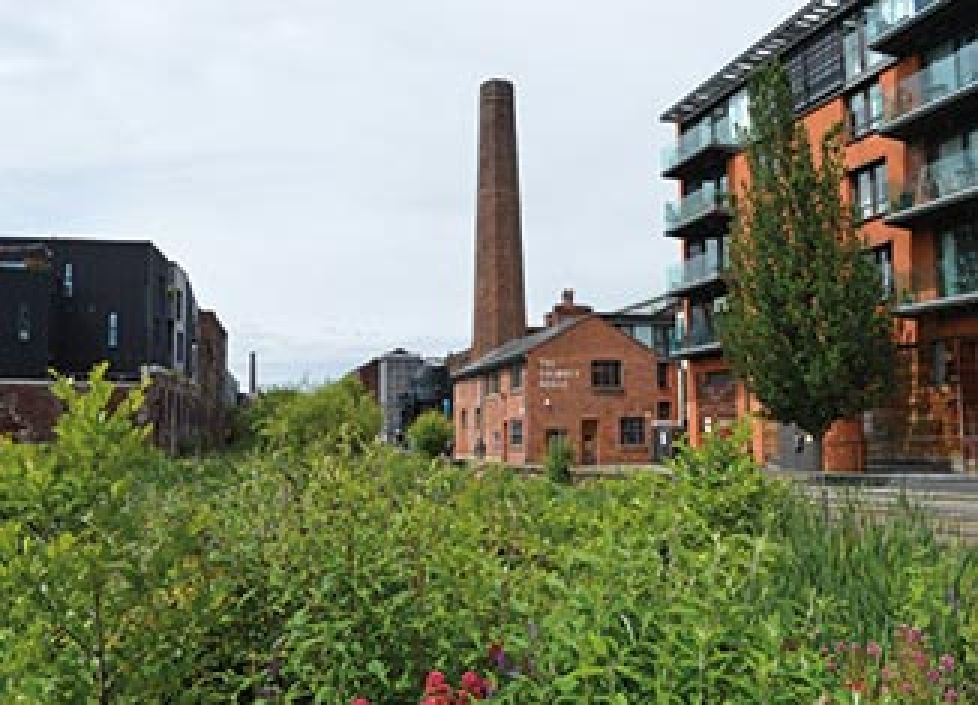When one thinks of commercial real estate, student housing isn’t always the first asset class to spring to mind. However, as a general rule, any larger blocks of housing that are valued on a yield basis are classed as commercial. Purpose built student accommodation (PBSA) is most definitely in this group, with other examples including retirement living and build to rent. Of course, I’m talking about large blocks of student accommodation as opposed to student HMOs - although some of these may also be valued on commercial yields – especially if they are large enough and have a Sui Generis use.
Over the last 5-10 years, the student housing sector has been in boom mode. Opinion polls of university students have shown that having purpose-built blocks of student accommodation on a university campus, or close by, can significantly enhance student satisfaction scores and will aid the rise of universities in the rankings – which in turn will attract more students. Such blocks have a wide range of facilities including, quite often, gyms, study space and common rooms, as well as ensuite bathrooms...a very different experience from the student housing I lived in when I was at university!
Universities across the UK over the last 10-15 years have been securing PBSA blocks, either by building themselves or, more commonly, paying developers and pension funds by way of longer-term commercial leases. As a result, long-income pension funds have flocked to this sector fuelled by their desire for long leases to secure university covenants, and to diversify their assets away from other sectors – most notably retail and (in some instances) offices. However, during the pandemic of 2020-2021, as students remained at home and universities taught online, institutional appetite for these types of investments faltered as doubt was put in the minds of the markets as to whether universities would recover. University covenants suffered during this time and many UK-based pension funds withdrew from this market, until they could be sure that students were returning to study, and that university balance sheets had not been irretrievably damaged. In 2020-21, while working for a corporate client, I was doing some consultancy work involving new-build PBSA, secured by a long lease to a mid-ranking university. It was notable that, at that time, whilst overseas funds had an appetite for this type of deal, UK funds were more cautious – mainly because of doubts over occupiers’ covenants.
Fast forward to 2022, and many more investors have returned to this market – both private equity and institutional investors. Student enrolment has recovered and is increasing at unprecedented rates, rents are rising, and UK universities appear to be continuing to enhance their global positioning. Yield compression appears to be continuing in the sector. The ongoing pressure for large investors and funds to deploy capital and reallocate out of other real estate sectors is driving strong interest in high quality PBSA opportunities in the best student cities. According to Cushmans, two-thirds of transactions in this sector in 2021 were in the 10 cities with the highest full-time student population - investors are clearly favouring opportunities located near the highest ranked universities. The yield differential between the covenants of the highest-ranking universities and those in the lower end can be more than 2%.




















